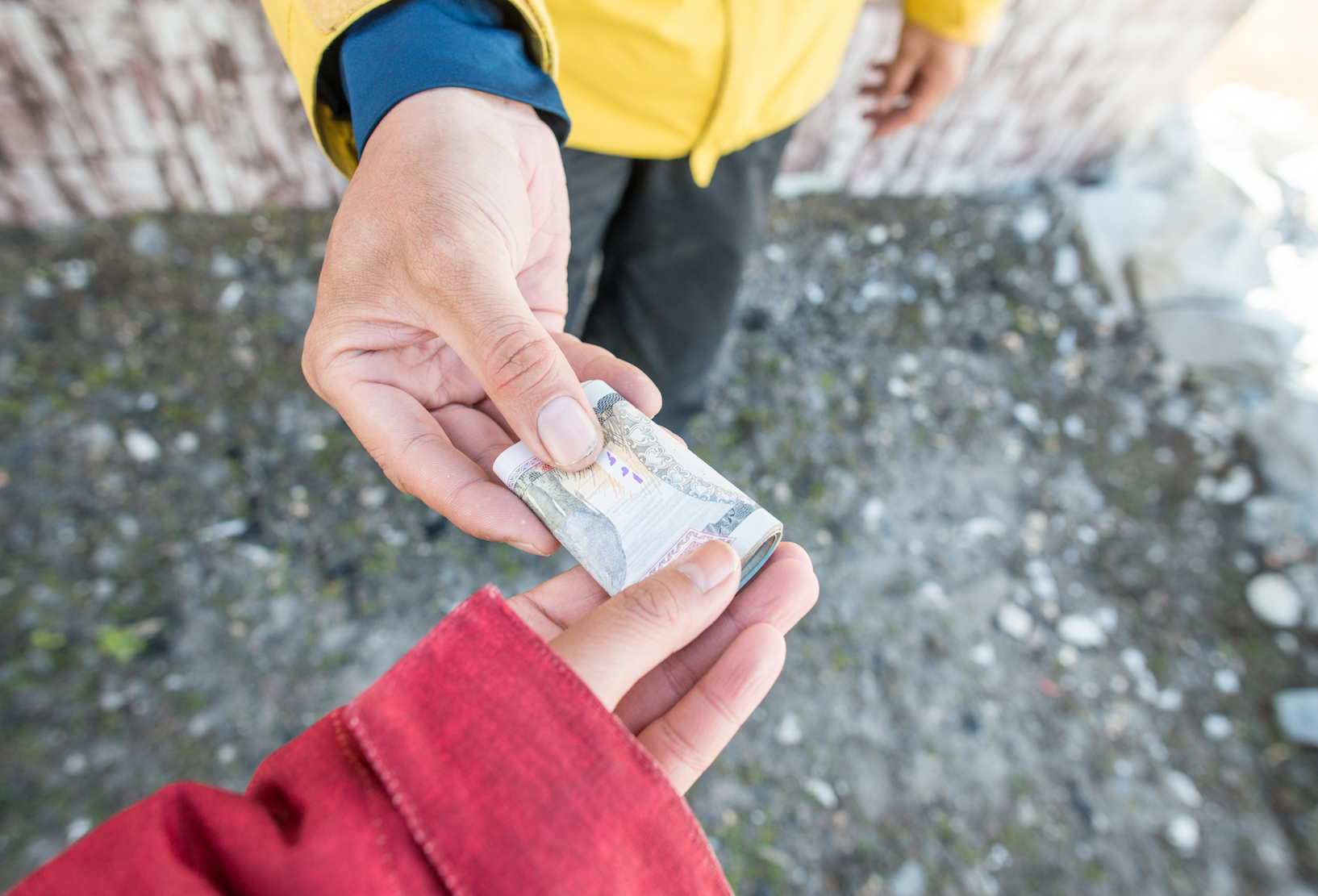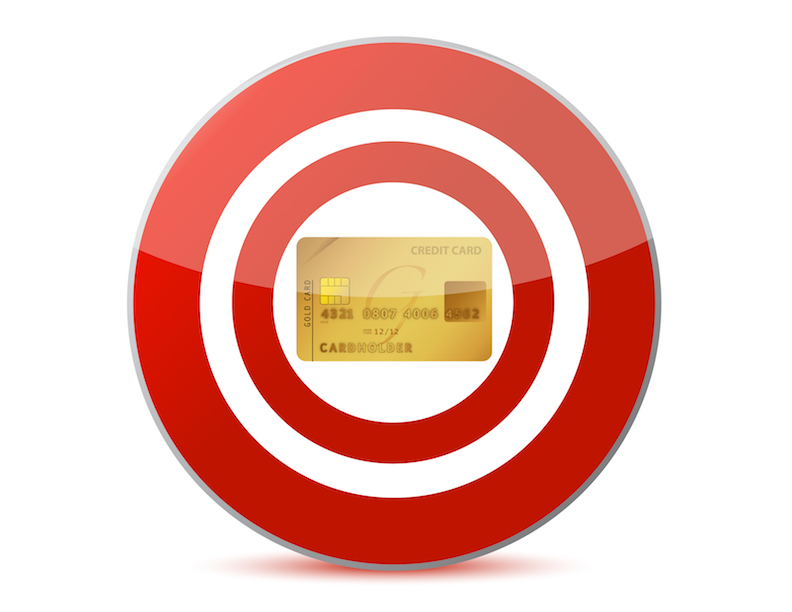Don’t fall for the minimum credit card payment debt trap. Credit cards aren’t necessarily bad for your financial health. As long as you spend responsibly and pay your balance in full every month, a credit card can be a convenient and useful tool.
But some consumers bite off more than they can chew. In other words, they’ll accumulate credit card debt faster than they can pay it off. Consequently, they’ll carry a balance from month to month and pay only the minimum amount due — if they can afford to do even that.
So let’s discuss the two biggest reasons why minimum payments are ineffective:
- They keep you in an endless cycle of debt. Although minimum monthly payments will keep both your credit and your account in good standing, they won’t help you become debt-free faster, which should be your main goal.When credit card issuers calculate the minimum payment, they’ll typically determine a small, fixed charge (e.g., $25) or a percentage based on your current balance. They will not compute payments according to a payoff timeline that you can realistically follow.If you don’t create your own payoff plan and actually follow through with it, you’ll be stuck paying the minimum until the balance is completely wiped out, which can end up taking years for many consumers.
- They cost you more in the long run.
Credit card companies earn money partly by charging interest and fees, so it’s in their best interest to keep you in debt as long as possible. To demonstrate how much you would pay in interest charges and how long it would take to pay off the balance on a cash back credit card by paying only the minimum versus a bigger amount, let’s examine the profile of a typical U.S. consumer and credit card landscape data:
• Average U.S. Credit Card Balance: $6,354
• Average APR for Cash Back Credit Cards: 9%
• Average Length of Introductory 0% APR: 11 months (rounded up from 10.67 months for simplicity)
• Typical Minimum Payment Percentage for Balances Above $1,000: 2%
With a Payoff Plan:
To pay off your balance within 11 months, while your introductory APR of 0 percent is in effect, you would need to make 11 equal monthly payments of $577.64. At the end of 11 months, you will have paid a total of $6,354, the exact same balance you started with.
Total Cost in Interest: $0
Without a Payoff Plan:
Let’s assume you’re past the 11-month introductory period and still have a balance of $6,354 on your credit card. The regular APR of 20.9 percent has kicked in. To pay off your remaining balance, you would need to make a minimum payment of 2%, or $127.08, every month for more than 30 years. At the end of more than three decades, you will have paid a total of $32,397.85.
Total Cost in Interest: $26,043.85
Why So Expensive?
Remember that credit card interest compounds. In other words, on top of paying interest on your principal balance — $6,354 in the above example — you will also pay interest on the interest that has accrued until you pay off your entire balance. And even though we assumed a cash back credit card in our example, any rewards you earned would have been wiped out by interest charges.
Now that you understand why minimum payments don’t work, it’s time to think of a less expensive strategy for paying off your credit card debt. You can start by getting a FREE debt analysis from Americor.





